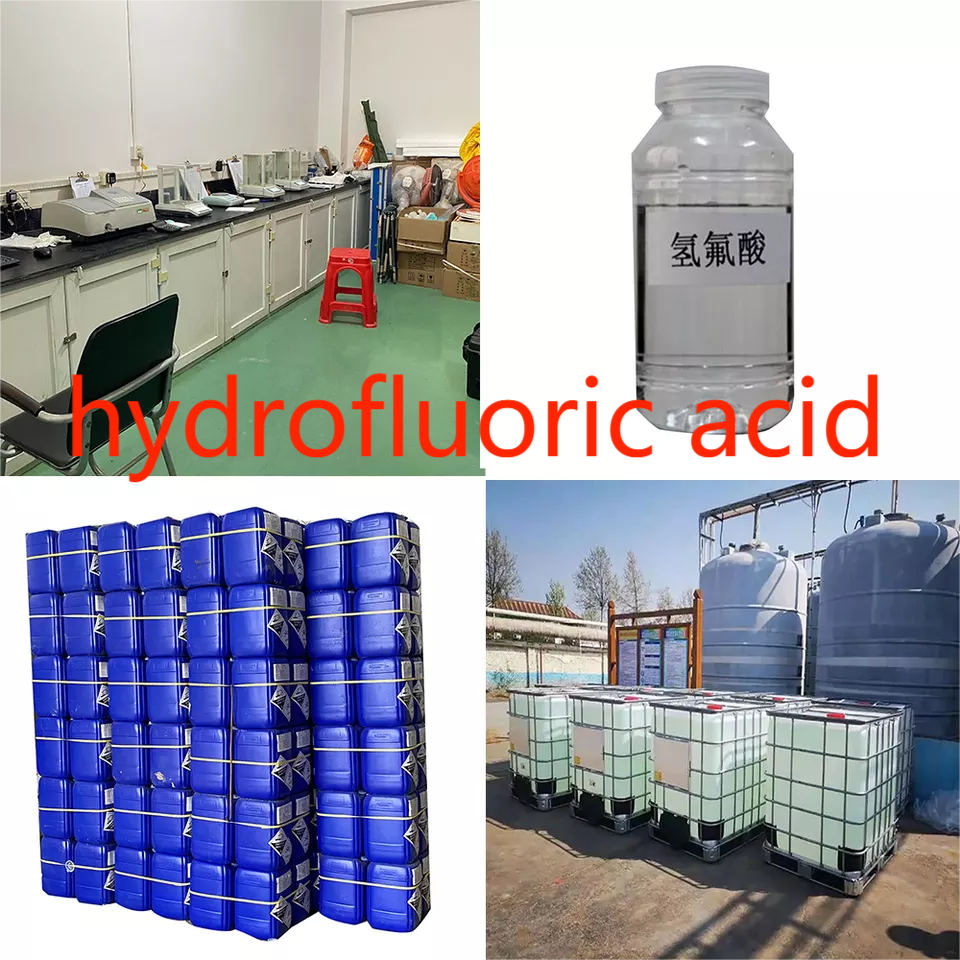Hydrofluoric Acid Production Technology
Hydrofluoric acid is a colorless and highly corrosive inorganic acid widely used in fields such as chemistry, pharmaceuticals, electronics, and metallurgy. There are two main methods for producing hydrofluoric acid: the wet process and the dry process.
Wet process for producing hydrofluoric acid:
The main raw materials for the wet process are calcium hydroxide and hydrofluoric acid, and the reaction can be represented by the equation: Ca(OH)2 + 2HF → CaF2 + 2H2O. This reaction is typically carried out in a reaction vessel under high temperature and high pressure conditions. Calcium hydroxide and hydrofluoric acid are added to the reaction vessel, heated to the reaction temperature, and the resulting hydrofluoric acid vapor is collected after being cooled through a condenser, yielding liquid hydrofluoric acid.
The advantages of the wet process include fast reaction rate and high purity of the reaction product. However, it requires high temperature and high pressure conditions, leading to higher equipment costs.
Dry process for producing hydrofluoric acid:
1.Raw material preparation: The main raw materials for the dry process are hydrogen gas and fluorine gas. Hydrogen gas can be obtained through methods such as water electrolysis or catalytic cracking of natural gas. Fluorine gas is typically derived from fluorine-containing minerals.
2.Preparation of the fluorinating agent: The fluorinating agent is crucial for the production of hydrofluoric acid. Commonly used fluorinating agents include sulfuric acid and calcium fluoride (CaF2). First, sulfuric acid and calcium fluoride are mixed and reacted to generate hydrofluoric acid and precipitated calcium sulfate.
CaF2 + H2SO4 -> 2 HF + CaSO4
The reaction needs to be carried out at relatively low temperatures to avoid the evaporation and decomposition of hydrofluoric acid.
3.Purification of hydrofluoric acid: The generated hydrofluoric acid may contain impurities and requires purification. A commonly used purification method is to react hydrofluoric acid with concentrated sulfuric acid to remove water and other impurities, resulting in the formation of fluorosulfuric acid (HSF5).
HF + H2SO4 -> HSF5
Then, through heating and distillation, pure hydrofluoric acid can be separated from the mixture.
The advantages of the dry process include simpler equipment and lower costs. However, it has slower reaction rates and lower purity of the reaction product.
Please note that the above is a general overview of the production processes for hydrofluoric acid. Actual production processes may vary, and specific process parameters and safety measures should be determined and followed based on practical conditions and relevant regulations. Safety considerations are crucial during the production of hydrofluoric acid, as it is highly corrosive and toxic. Operators must wear protective equipment such as goggles, gloves, and protective clothing. Regular inspection and maintenance of production equipment are also necessary to ensure safety and stability.
